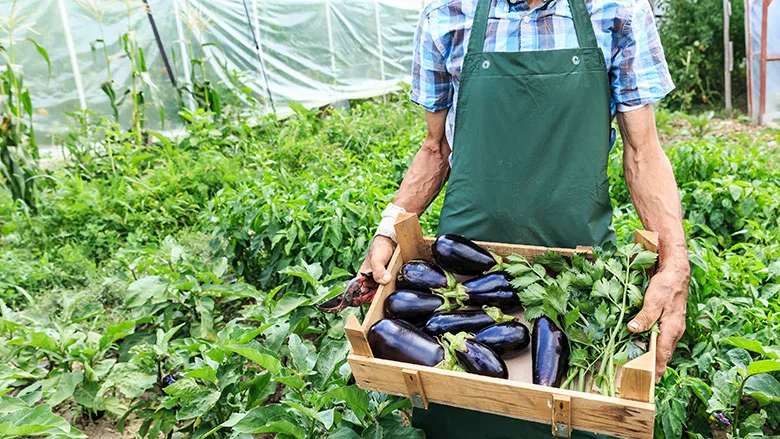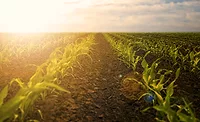Summary of Produce Traceability Best Practices

Credit: Valentinrussanov/E+ via Getty Images
New York State’s Produce Traceability Task Force recently published its “Guidance for Produce Traceability: Voluntary Best Management Practices and Protocols to Strengthen New York’s Produce Supply Chain.” The guidance is intended to inform businesses that wish to implement or expand their traceability efforts, as well as individuals who handle products that are listed on the U.S. Food and Drug Administration’s Food Traceability List. The document proposes a list of minimum best practices for traceability and describes important elements to include in an effective traceability system.
The Produce Traceability Task Force was founded in November 2020 by Richard A. Ball, New York State Commissioner of Agriculture; it comprises growers, processors, packers, distributors, and retailers that aim to understand and improve statewide approaches to tracing produce. The task force collaborated with the New York State Department of Agriculture and Markets to evaluate the challenges, costs, and buyer requirements involved with developing and maintaining a traceability system, as well as the interconnectivity of individual traceability systems.
The guidance defines a produce traceability system as the principles, practices, and standards required to trace produce throughout the supply chain. Produce industry stakeholders are urged to create a traceability system to expediently identify the origin of problematic goods and locate where those goods have been distributed. A functional traceability system will help reduce the size of recalled product lots, exclude a grower or an area from an outbreak altogether, and lessen the negative impact on consumer confidence. The critical components of a successful produce traceability system, for which the guide provides detailed descriptions and visuals, are:
- Process flow diagrams, which depict how produce moves through a business
- Lot identification codes
- Product labels
- Comprehensive record-keeping.
Challenges to implementing produce traceability systems are also acknowledged in the guidance. Barriers and limitations include the diversity of operations within the produce supply chain (e.g., business size, technological capabilities, existing traceability efforts), the persisting use of cash sales, and cost.
Looking for quick answers on food safety topics?
Try Ask FSM, our new smart AI search tool.
Ask FSM →









